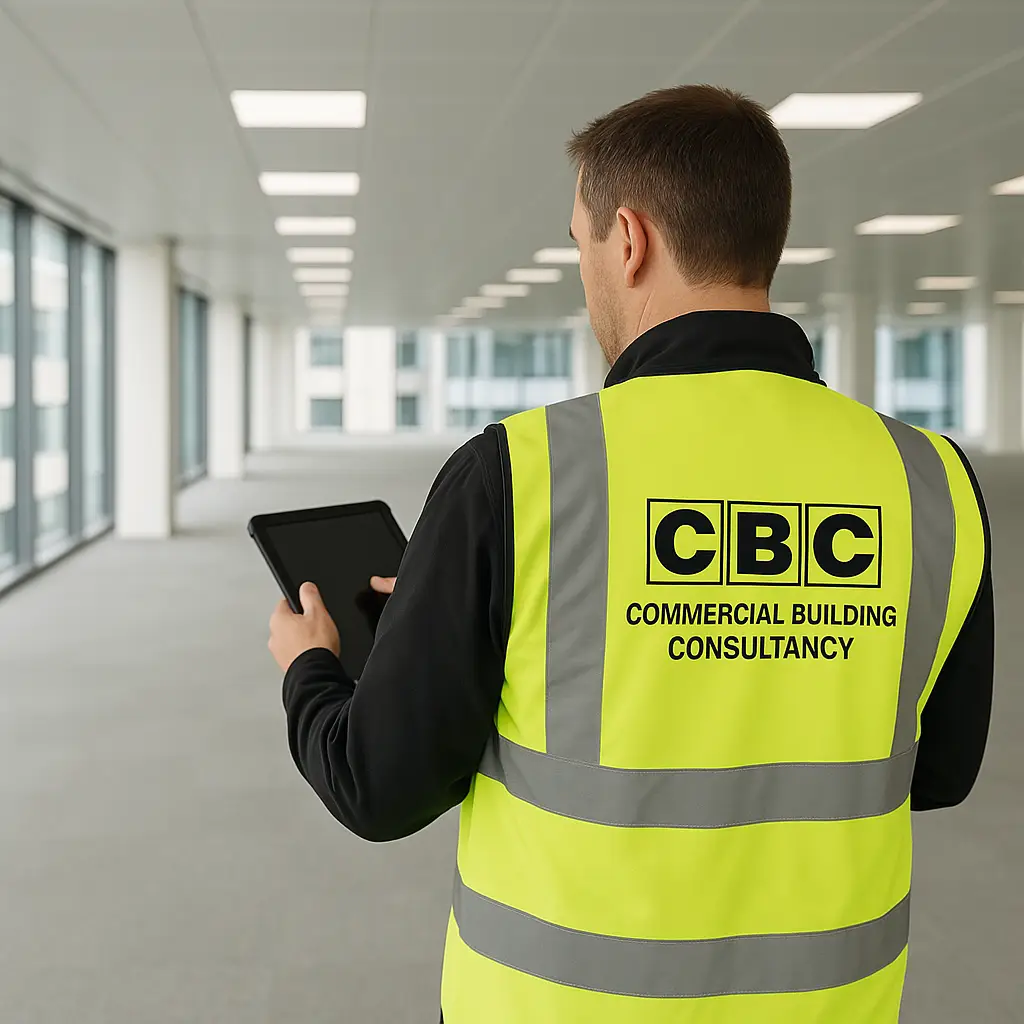In the world of commercial property leasing, clarity and protection for both landlords and tenants are paramount. One crucial tool that provides this clarity and protection is the Schedule of Condition (SoC) survey. This detailed examination of a property’s condition at a specific time ensures that both parties are aware of the property’s state, helping to prevent disputes and unforeseen costs down the line. This blog will delve into how SoC surveys protect both landlords and tenants, fostering a fair and transparent leasing relationship.
What is a Schedule of Condition Survey?
A Schedule of Condition survey is a detailed inspection and record of a property’s current state, typically conducted before the start of a lease. This survey includes thorough documentation of the building’s structural elements, finishes, fixtures, and fittings. The findings are compiled into a comprehensive report, often accompanied by photographs and sometimes videos, which serves as a formal record of the property’s condition.
The Role of Schedule of Condition Surveys in Protecting Landlords
For landlords, the primary concern is protecting their investment. An SoC survey provides several key benefits that contribute to this protection:
- Establishing a Baseline Condition: The survey sets a clear benchmark for the property’s condition at the start of the lease. This documentation ensures that landlords can accurately assess any changes or damages that occur during the tenancy.
- Avoiding Unwarranted Repair Costs: By documenting the property’s initial condition, landlords can prevent disputes over repair responsibilities. The SoC survey clearly delineates which damages were pre-existing, ensuring that tenants are only held accountable for issues arising during their tenancy.
- Supporting Dilapidations Claims: At the end of the lease, landlords can use the SoC survey to support dilapidations claims. The survey provides evidence of the property’s condition at the lease’s start, making it easier to identify tenant-caused damages and pursue appropriate compensation.
- Facilitating Fair Lease Agreements: An SoC survey helps in drafting fair lease agreements by providing an accurate picture of the property’s condition. This transparency fosters trust and ensures that both parties are aware of their responsibilities from the outset.
The Role of Schedule of Condition Surveys in Protecting Tenants
For tenants, the main concern is avoiding unfair liabilities and ensuring a smooth tenancy experience. An SoC survey offers several advantages in this regard:
- Preventing Unfair Liability for Pre-Existing Damages: The survey provides a detailed record of any existing damages or wear and tear. This documentation protects tenants from being held responsible for issues that were present before their tenancy began.
- Facilitating Fair Repair Obligations: By clearly documenting the property’s condition, an SoC survey ensures that tenants are only responsible for damages that occur during their tenancy. This clarity prevents disputes over repair obligations and fosters a fairer relationship between landlord and tenant.
- Providing a Reference Point for Dispute Resolution: In case of disputes over the property’s condition, the SoC survey serves as an objective reference point. This helps in resolving disagreements amicably and fairly, without prolonged conflict or litigation.
- Enhancing Transparency in Lease Agreements: An SoC survey contributes to transparent lease agreements by providing a clear picture of the property’s condition. This transparency ensures that tenants understand their maintenance responsibilities and can budget for any necessary repairs.
When to Conduct a Schedule of Condition Survey
Timing is crucial for SoC surveys to be effective. Here are the key times when an SoC survey should be conducted:
- Before Lease Commencement: The most critical time for an SoC survey is before the lease starts. This initial survey sets the baseline condition and ensures both parties agree on the property’s state at the beginning of the tenancy.
- Before Major Renovations or Alterations: If significant renovations or alterations are planned, an SoC survey can document the pre-work condition. This documentation helps to identify any damages caused by the work and ensures fair handling of repair responsibilities.
- Lease Renewal or Extension: When renewing or extending a lease, another SoC survey can document any changes in the property’s condition, ensuring fair handling of repair obligations moving forward.
Conducting a Schedule of Condition Survey
An SoC survey involves several steps to ensure comprehensive documentation:
- Inspection: A qualified surveyor conducts a thorough inspection of the property, covering both the interior and exterior. This includes examining structural elements, finishes, fixtures, and fittings.
- Documentation: The surveyor records their findings in detail, often using photographs and sometimes videos to provide visual evidence. Each element’s condition is described, noting any existing damage or wear.
- Report Compilation: The findings are compiled into a comprehensive report, which includes detailed descriptions and visual evidence of the property’s condition.
- Review and Agreement: The report is reviewed by both the landlord and tenant. Any discrepancies or concerns are discussed and resolved. Once agreed upon, the report serves as an official record of the property’s condition.
Choosing a Qualified Surveyor
Selecting a qualified and experienced surveyor is crucial for an accurate and reliable SoC survey. Look for surveyors who are members of recognised professional bodies, such as the Royal Institution of Chartered Surveyors (RICS). A qualified surveyor ensures that the survey is conducted methodically and the report is detailed and unbiased.
Best Practices for Landlords and Tenants
To maximise the benefits of an SoC survey, landlords and tenants should:
- Incorporate the SoC Survey into the Lease Agreement: Ensure the SoC survey is formally referenced in the lease agreement, ensuring both parties acknowledge its findings.
- Regularly Update the SoC Survey: If significant changes occur during the lease term, such as after major repairs or upgrades, consider updating the SoC survey to reflect these changes.
- Communicate Clearly: Both parties should ensure clear communication regarding the purpose and findings of the SoC survey. This transparency helps to prevent misunderstandings and fosters a cooperative relationship.
Conclusion
A Schedule of Condition survey is an invaluable tool for protecting the interests of both landlords and tenants in commercial property leasing. By providing a clear and objective record of the property’s condition, an SoC survey helps to prevent disputes, avoid unfair repair costs, and ensure fair and transparent lease agreements. For landlords, it safeguards their investment and supports dilapidations claims. For tenants, it prevents unwarranted liabilities and enhances lease transparency. By understanding the importance of SoC surveys and incorporating them into lease agreements, both parties can enjoy a smoother, more secure leasing experience.


